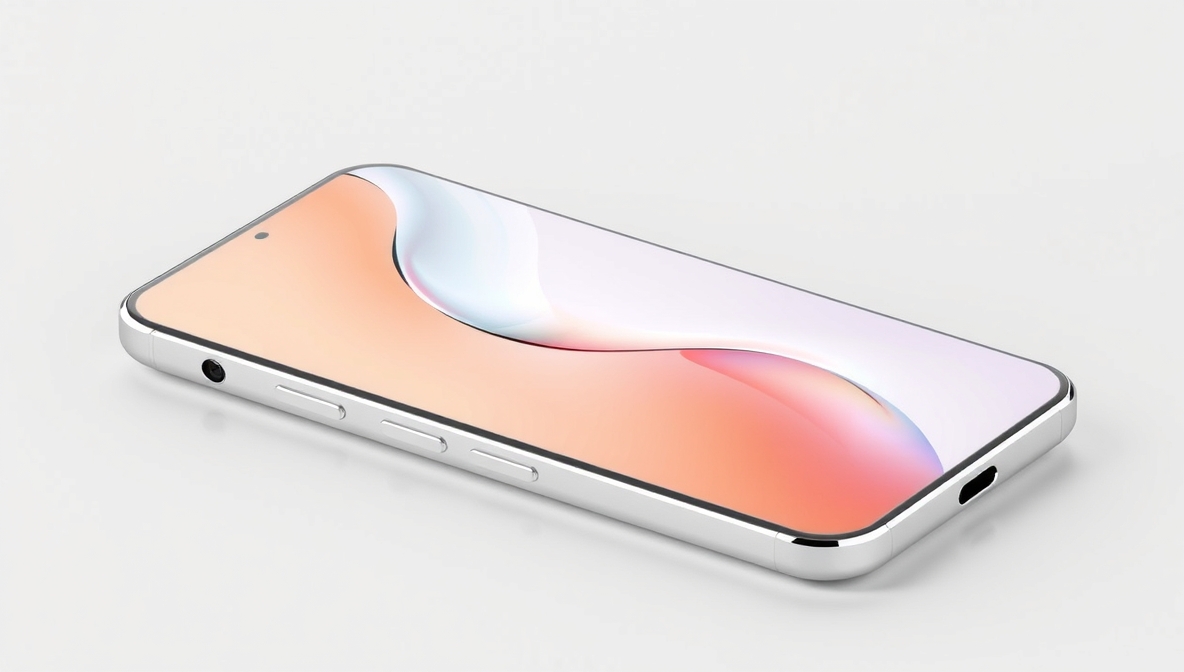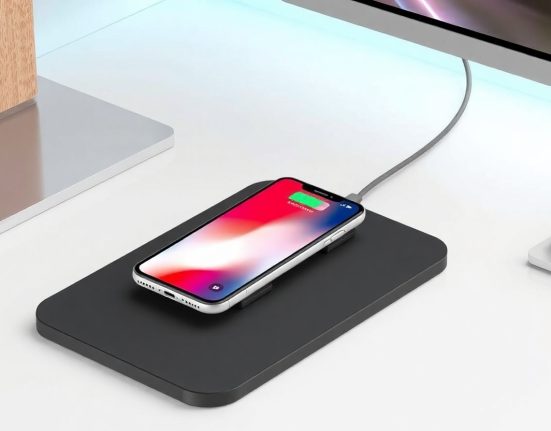Apple is preparing for a major change in how it releases its flagship product — the iPhone. According to industry sources, the company plans to begin staggering the launch of its iPhone models into two separate events each year, starting with the iPhone 18 series in 2026. This strategic shift marks a significant departure from Apple’s long-standing tradition of unveiling all new iPhones in a single fall event, a pattern that has remained largely unchanged since 2012.
The proposed change would see Apple launching its premium models — such as the iPhone 18 Pro and a new model possibly called iPhone 18 Air — in the traditional September window. Meanwhile, standard or entry-level models like the iPhone 18 and iPhone 18e would be unveiled months later, during a spring event in March or April of 2027. This would mark the first time that Apple intentionally staggers major iPhone announcements across different times of the year.
This new schedule may serve multiple purposes. First, it could reduce the burden on Apple’s production and supply chain teams by distributing manufacturing and logistics efforts across a broader timeline. Second, it may help the company maintain sustained interest in its products throughout the year, keeping the brand in the media spotlight beyond just the fall season. Third, it could allow Apple to position different iPhone models for different customer segments with more focused marketing strategies.
Perhaps most significantly, this shift is believed to be part of Apple’s preparations for launching its first foldable iPhone, which is expected to arrive in the second half of 2026. The foldable device is said to include a 5.7-inch external display and an internal screen measuring close to 8 inches when opened. Apple is reportedly investing heavily in making the device as thin as possible, targeting a thickness of around 4.5 to 4.8 millimeters when unfolded — significantly thinner than most current foldables on the market.
Unlike existing foldable smartphones, Apple’s design reportedly aims to minimize or eliminate the visible crease commonly seen on foldable displays. This would be achieved using advanced display technologies and new materials developed in-house or in collaboration with key suppliers. The foldable iPhone is also expected to include Face ID for secure authentication, suggesting that Apple is committed to maintaining the security and user experience associated with its mainstream devices.
The decision to divide iPhone launches could also help Apple differentiate its product tiers more clearly. Premium models would continue to serve as the technological and design vanguard of the brand, launching during the company’s globally watched September keynote. Standard models, while more affordable and widely purchased, would have a dedicated stage of their own in the spring — giving them focused attention without competing against higher-end models for press coverage.
This wouldn’t be the first time Apple deviated from its usual fall-only schedule. The iPhone SE line, for instance, has often launched in the spring, and in early 2025 Apple reportedly released a model referred to as the iPhone 16e in February. These earlier out-of-cycle launches may have served as tests for the viability of multiple iPhone announcements per year.
As of now, Apple’s 2025 iPhone lineup — the iPhone 17 series — is still expected to launch in September as usual, with four models in tow. But from 2026 onward, if Apple proceeds with the split-launch approach, it will mark a new chapter in the company’s hardware strategy. In a competitive smartphone market that demands constant innovation and market presence, this new approach could help Apple maintain momentum, diversify its portfolio, and introduce entirely new product categories — all while adapting to the evolving expectations of consumers worldwide.











